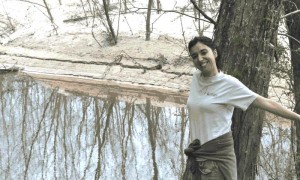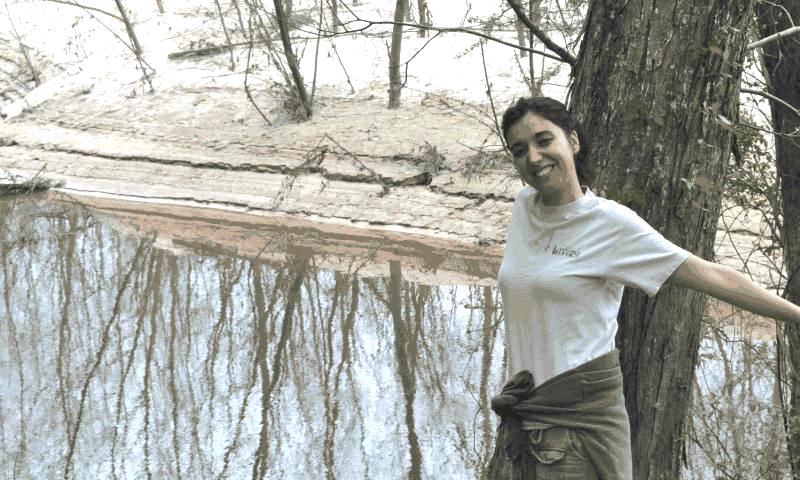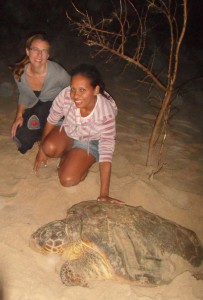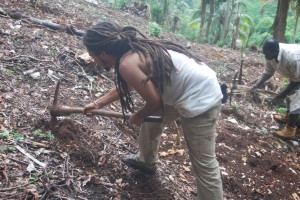
Giusy Pappalardo, 2012-2013, Italy, standing along the Pascagoula River, the largest (by volume) unimpeded river system within the 48 contiguous United States
In a local farmers market, colorful t-shirts hang from hooks proudly proclaiming, in the words of William Faulkner, “To understand the world, you have to understand a place like Mississippi.” As a Fulbright Foreign Student from Italy studying at Mississippi State University’s (MSU’s) Department of Landscape Architecture, I have witnessed the meaning of this sentence first hand.
I’ve spent 10 months in the Deep South, traveling in an old Jeep which I obtained from another international student before he returned to India. “The car will be happy with you,” he announced when he handed me the keys. He was just one of the countless international friends I met on MSU’s campus. In our scented kitchens where we’ve shared tasty food and long conversations, I’ve learned about diverse cultures and made new connections.
Thanks to the car I inherited, it was easy to start my fieldwork. My Fulbright research has focused on the characteristics of interactions between human communities and rivers. I’m from the Italian island of Sicily, where I conducted Participatory Action Research with a network of grassroots NGOs that are trying to save the Simeto River, an important river in Sicily. The similarities between the Mississippi and the Simeto rivers are not based on physical characteristics. Rather, they are based on shared meanings and benefits which rivers can offer to the communities through which they flow throughout the world. My Fulbright grant has given me the opportunity to collect stories about other rivers narrated by their inhabitants. I’ve also explored some case studies with interviewees in which I’ve showed them a short video about the Simeto River in order to create a shared communality. After returning to Sicily, I will share these Mississippi-based stories with my home community through yet another video, further bridging the distance between Italy and the United States.





